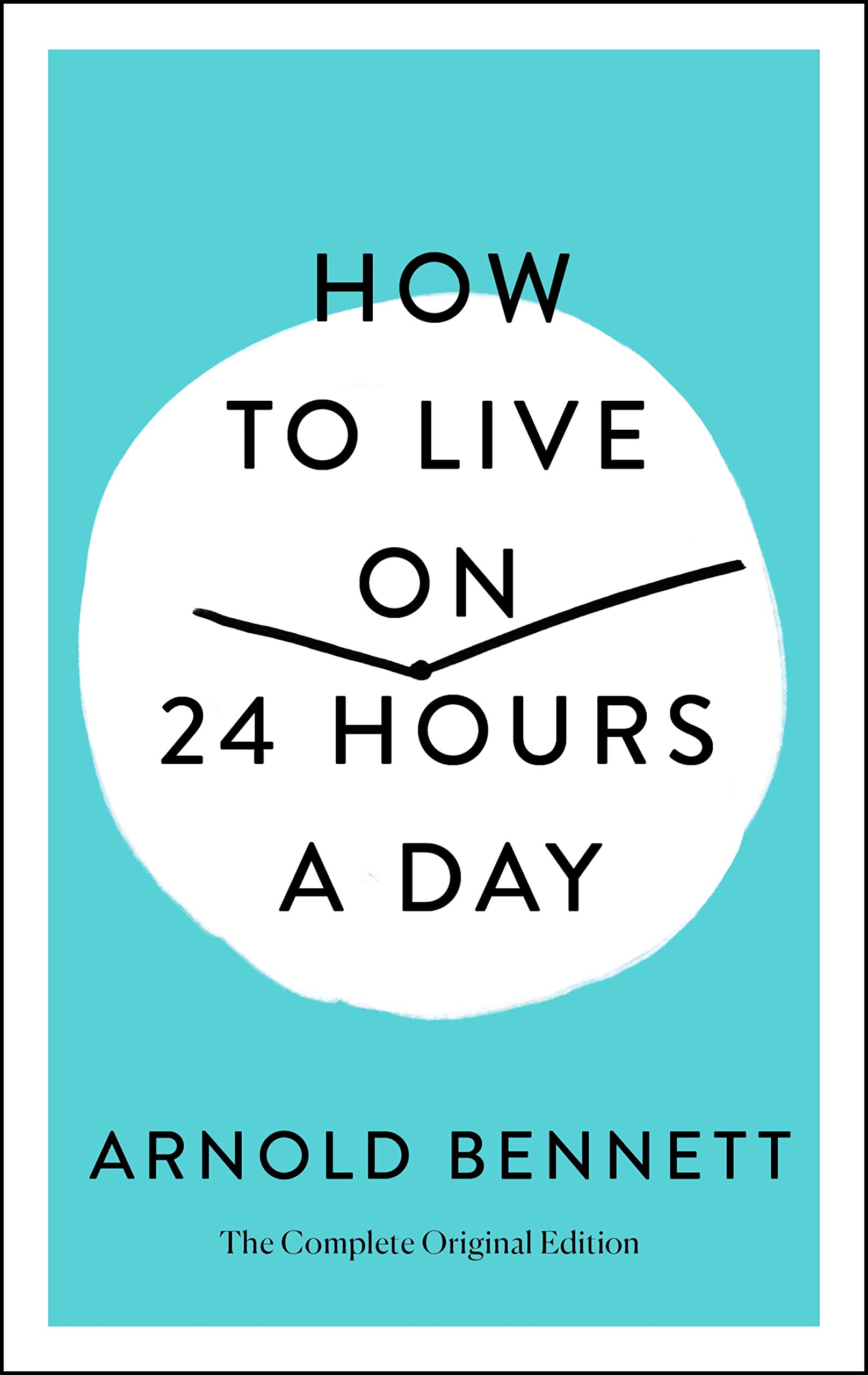Chapter III — Precautions Before Beginning
byChapter III opens by confronting a common frustration: the feeling that life is too tightly packed to make room for anything truly fulfilling. Many people say they want to read more, learn a new skill, or simply spend time reflecting, but they postpone these goals indefinitely. It’s not because time is lacking—it’s because we believe, incorrectly, that more time will somehow appear. The truth is stark and unchanging: every person, no matter their wealth, job, or status, receives the same twenty-four hours. Expecting to find a spare pocket of time that no one else has discovered is futile. The chapter insists that real change begins with accepting this hard fact. Only then can we begin to examine how time is truly spent and how it might be reshaped. Until we face the limits of our day, we remain trapped in the illusion that better time is just around the corner.
Rather than offering shortcuts, the author urges a realistic mindset. Organizing one’s life within the fixed boundaries of time is not an easy fix. It takes consistent energy, decision-making, and, at times, discomfort. The suggestion isn’t meant to discourage—it’s a call for honesty. People who are not willing to face the challenge should think carefully before committing. Half-hearted attempts often lead to frustration, especially when unrealistic expectations are set. Instead of looking for a “royal road” to productivity, the author recommends accepting the journey as one of trial and effort. Time management is not about squeezing more into a day; it’s about discovering what truly matters and making space for it. That process requires sacrifice and, most importantly, persistence.
Once the gravity of the task is clear, the author pivots toward motivation. While change is difficult, waiting for the perfect moment only makes it harder. The ideal time to begin will never arrive—conditions will always seem slightly wrong. But inaction comes at a price. Days pass. Energy dwindles. Opportunities go unused. The suggestion is to start now, not with a grand plan, but with a single step. Courage is required, like diving into cold water. The act itself may be jarring, but it brings clarity. Readers are reminded that no amount of worrying about the past can change it—only the present holds power.
In a wise turn, the author warns against being overly enthusiastic in the beginning. A common trap for self-improvers is diving in with too much ambition and then collapsing under the pressure. Burnout is not a badge of effort—it’s a sign of imbalance. Sustainable progress depends on pacing. Start slow. Pick one or two tasks. Set realistic expectations and track progress honestly. This is not a race. It’s a quiet revolution against chaos. Missteps will happen, and when they do, self-respect must be protected. The goal is not perfection but movement in the right direction. Small victories build confidence and lay the groundwork for bigger changes.
The author’s message is not just about mechanics—it’s about the mindset that surrounds personal change. Many people struggle not because they don’t have time, but because they don’t know how to prioritize what gives life meaning. That’s why modest goals are essential. They ground the process in reality and prevent discouragement. This doesn’t mean settling—it means laying a sturdy foundation. The temptation to do too much too fast is strong, especially when inspired. But inspiration fades. What remains is structure, habit, and discipline—qualities that must be developed slowly.
Another insight from the chapter is the importance of self-forgiveness. When a goal is missed or a day is wasted, harsh self-judgment only deepens the problem. The solution is to return to the process gently, recommitting without shame. Life is not a straight line, and the practice of managing time should reflect that. Some days will go off course. That’s not failure—it’s part of the rhythm. By approaching time with flexibility and compassion, people are more likely to stay engaged over the long run. Long-term change comes from accepting both progress and setbacks as part of the same path.
While the chapter emphasizes restraint, it also offers hope. Time is not the enemy. It is a resource—silent, neutral, and always moving. How we engage with it determines the shape of our lives. Rather than wishing for more, the challenge is to work with what we have. The reader is not expected to transform overnight. They are simply asked to begin. That alone is an act of courage, and perhaps, the most important decision of all. Once the first step is taken, a new way of living becomes possible.

